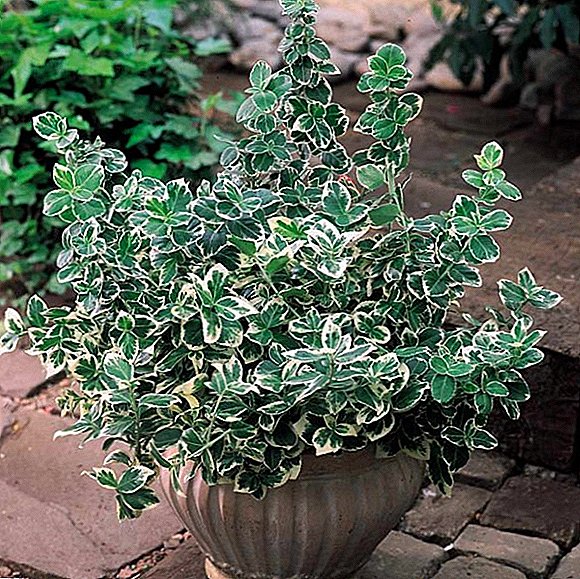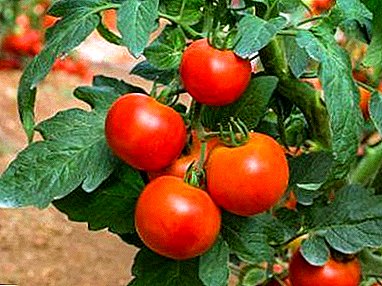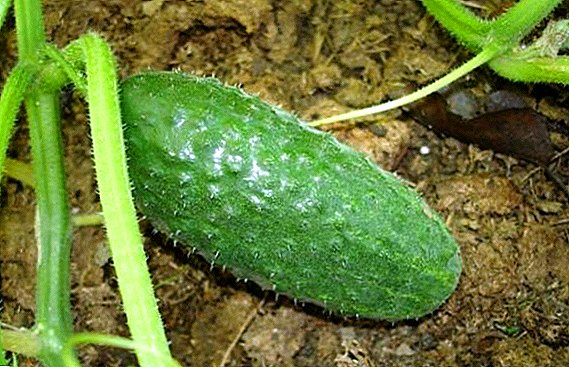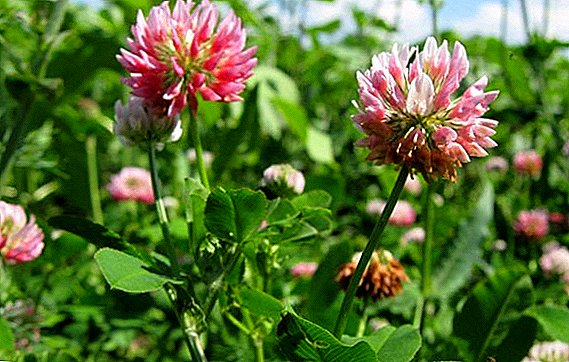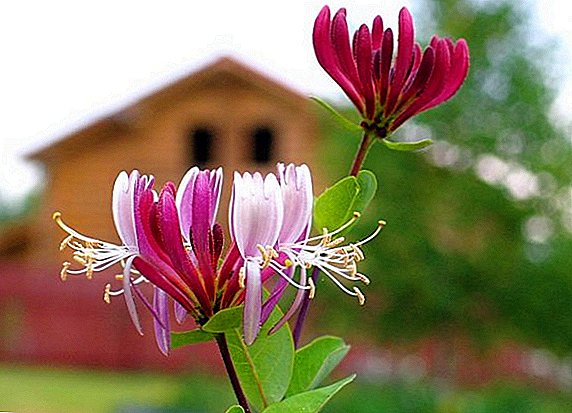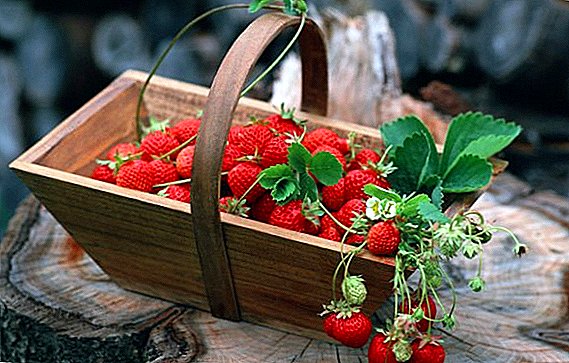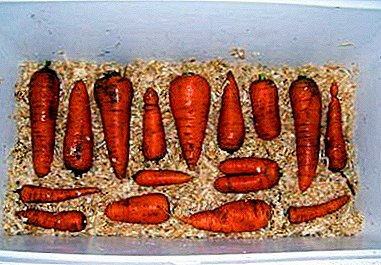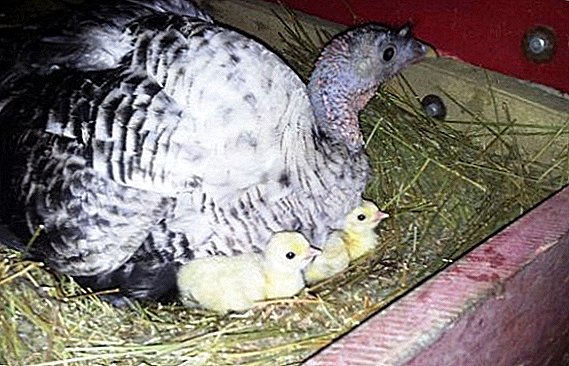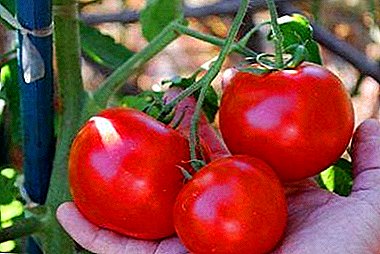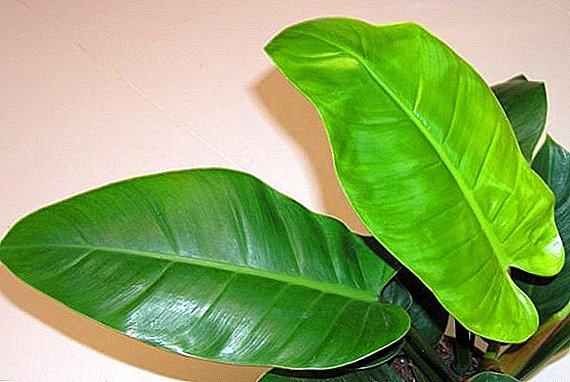 Philodendron is one of the most popular indoor plants, which is very often used as a decoration for modern housing.
Philodendron is one of the most popular indoor plants, which is very often used as a decoration for modern housing.
Its homeland is the tropical forests of Mexico and South America with their inherent high humidity. According to the classification, this flower belongs to the Aroid family. To date, philodendron has more than 400 different species and subspecies.
Philodendron, the varieties of which are unique and original, got its name for a reason. Translated from the Greek word "philodendron" literally means "I love a tree." In the conditions of tropical forests, this flower, as a rule, prefers the lifestyle of a liana, using a strong tree as a support.
 Certain types of philodendrons are distinguished by foliage of decorative form and coloring, as well as by reduced stems. They easily fit into any interior, acting as a separate flower. Other philodendrons are long vines that have thin, but rather long and strong stems. Most often they can be found in greenhouses, but craftsmen and flower lovers adapt them to their home growing conditions.
Certain types of philodendrons are distinguished by foliage of decorative form and coloring, as well as by reduced stems. They easily fit into any interior, acting as a separate flower. Other philodendrons are long vines that have thin, but rather long and strong stems. Most often they can be found in greenhouses, but craftsmen and flower lovers adapt them to their home growing conditions.
Most species of philodendrons have aerial roots from each stem. These are the roots that help the plant to survive in the difficult conditions of forests. Moreover, with their help, the flower is twisted around the support and moves upwards.
Types of philodendron differ in appearance, shape, structure and some other features. That is why before choosing such a flower for growing at home, first of all, you should know and understand what a certain kind of philodendron is and what features it has.
Philodendron brilliant (Philodendron micans)
The brilliant philodendron is one of the smallest representatives of this plant species, which is a compact vine with thin stems. The leaves of the plant are characteristically small and, as a rule, do not exceed 10 cm in length and 5 cm in width. Their structure is dense, velvet, reddish or brown-green. According to some information, Philodendron micans is considered to be a form of climbing creepers, but in reality this judgment is erroneous.
 Often a brilliant philodendron can be represented as Andre's philodendron, which is quite simple due to a number of similarities.
Often a brilliant philodendron can be represented as Andre's philodendron, which is quite simple due to a number of similarities.
In the care and maintenance of this plant is quite unpretentious: it grows well at home, easily tolerates the lack of natural light and stale air. It is possible to reproduce philodendron brilliantly by dividing the stem, but this does not always give a positive result.
Important! A brilliant philodendron is distinguished by a low growth rate, which means that the formation of roots and their strengthening requires a lot of time. At home, trying to breed a flower, the cuttings often rot.
This variety, like the philodendron ivy-shaped, is distinguished by extraordinary beauty, but due to its small size, it looks most impressive in a group with other flowers and house plants.
Philodendron warty (Philodendron verrucosum)
The warty philodendron is one of the most common species of this plant. His homeland is considered to be Costa Rica, Ecuador and Colombia, where it grows in wetland forests.
Leaf plates are distinguished by a velvety structure and a heart-shaped shape, which is why the philodendron is often found in literature as a room flower in the shape of a heart.
Did you know? In home-grown conditions, the sizes of leaves extremely rarely exceed 20 cm in length and 10 cm in width, and in their natural habitat they can be 3-4 times larger.A special appearance effect is provided by petioles, which are densely covered with wart bristles. They were the reason for the name of this species.
 The warty philodendron amenable to reproduction by grafting. However, this should create the most favorable, greenhouse conditions.
The warty philodendron amenable to reproduction by grafting. However, this should create the most favorable, greenhouse conditions.Important! Philodendron verrucosum is extremely whimsical to home conditions. To create optimal conditions, it is necessary to provide constant natural lighting, increased air humidity, abundant regular watering and room temperature from 20 to 28 ° C. Otherwise, the philodendron will begin to fade.
Philodendron guitar (Philodendron panduriforme)
The guitar-like philodendron has been known to all lovers of indoor plants for many years, and the characteristics of its maintenance and cultivation at home have been well studied.
In appearance, adult philodendrons of this species differ significantly from young representatives. They are characterized by large leaves, reaching 50 cm in length, whose lance-like shape is elongated and has five isolated blades. The central lobe is narrower at the base and tapering at the apex. The remaining pairs of lobes are directed from the stem at a 90 degree angle.
 It is noteworthy that this plant is not at all whimsical to the care and conditions of detention. Unlike other philodendrons, the guitar-like appearance of the flower perfectly tolerates dry air, the lack of regular watering and sufficient natural light.
It is noteworthy that this plant is not at all whimsical to the care and conditions of detention. Unlike other philodendrons, the guitar-like appearance of the flower perfectly tolerates dry air, the lack of regular watering and sufficient natural light.
However, along with this, experts recommend providing the guitar-like philodendron with regular feeding with organic and mineral fertilizers.
Did you know? Due to the unique resistance of this species to the difficult growing conditions and its content, several hybrids were bred, which adopted not only resistance, but also a decorative look.Unfortunately, at present, the original wild form of this species is practically not found.
Philodendron biconicular (Philodendron bipinnatifidum)
The bicarny philodendron is a species of tropical plant growing in the tropics of southern Brazil with high humidity. It has a related species - Philodendron Cello, which has a similar appearance and similar qualities with regard to breeding, growth and conditions at home.
In its natural habitat it is found only in places with high humidity: in swamps, on the banks of rivers, streams and lakes. Externally, it is a large liana with a thick tree trunk, which can reach three meters in height.
To create optimal conditions for keeping, it is necessary to maintain a constant air temperature (22-30 ° C), regular abundant watering, spraying. Philodendron prefers bright lighting.  Vegetatively propagated this species is quite difficult, so it is better to prefer growing from seeds. For this you need to be patient and create optimal conditions for growing for the bicensed philodendron.
Vegetatively propagated this species is quite difficult, so it is better to prefer growing from seeds. For this you need to be patient and create optimal conditions for growing for the bicensed philodendron.
Philodendron golden black (Philodendron melanochrysum)
Golden black philodendron is representative of the elite species of this plant. Preferably it lives in tropical forests of the subequatorial territory of Colombia.
The extraordinary and extremely attractive appearance of Philodendron melanochrysum made it most desirable for growing at home. It is worth noting that in the culture to meet the golden-black philodendron is extremely rare.
 Often this type of tropical plant is called "Philodendron Andre". On the botanical side of the question, this is true, since initially the plant was poorly studied and described by different people and at different times.
Often this type of tropical plant is called "Philodendron Andre". On the botanical side of the question, this is true, since initially the plant was poorly studied and described by different people and at different times.
This kind of inherent diversity of variability, change in size, shape and color sheet plate during the growth period. Young plants are distinguished by small sheets with a size of up to 7 cm with a copper-red color. In adult philodendrons, the leaves can reach 80 cm in length and have a long heart-shaped form. Such leaf plates have a bronze-green color with a bright border around the edge.
The home conditions should be chosen as correctly as possible: the air temperature in the room is above 20 ° C, moderate natural light, and regular watering.
Important! The golden-black philodendron is not adapted for growing at home, therefore it does not tolerate drought, darkening and lack of food. It is preferable to grow it in appropriate greenhouse conditions.
Philodendron graceful (Philodendron elegans)
Philodendron graceful (elegant) - a kind of non-branching domesticated flower, which is a powerful tall creeper with a tree climbing stem. The mature plant is characterized by large, massive oval leaves, reaching 70 cm in length and 50 cm in width. They have a dark green color and pinnately dissected form.
 The cover of the philodendron can reach 15 cm in length. Its cream color at the bottom turns into a light green color with a neat pink border. The main advantage of this species can rightly be called the beauty of the leaves and their unique shape.
The cover of the philodendron can reach 15 cm in length. Its cream color at the bottom turns into a light green color with a neat pink border. The main advantage of this species can rightly be called the beauty of the leaves and their unique shape.
It should be noted that when grown at home, the philodendron graceful, as a rule, does not bloom, but is very decorative, beautifully and actively curls. Plant height can be up to two meters and is easily regulated by pruning. It is noteworthy that the cut stalks can be used to propagate this philodendron by grafting.
Philodendron Xanadu (Philodendron xanadu)
The homeland of this kind of philodendron is the humid Brazilian tropics. Philodendron Xanadu under optimum natural conditions of detention can grow up to 4-5 meters in height. When grown at home Xanadu grows up to one and a half meters in height and two meters in diameter.
Did you know? This plant used to belong to the form of double-periston-cut (bicensedist), and only in the last decade the philodendron Xanadu is defined in a separate form. Such an error is not accidental, because the species are similar not only in the shape and size of the leaves, but also in the way of life and survival - the use of tree trunks as a support.
During the period of maturation, the leaves of the flower are rather soft and weakly divided, but over time they reach 40 cm in length, become more rigid and acquire a pronounced pinnate shape. It is thanks to the shape of the leaves and the length of Xanadu's petioles that they are perfectly suited to the interiors of apartments and offices as gardening.  Caring for a flower of this type is quite simple and straightforward, and it comes down to ensuring proper conditions of detention and timely watering. This is due to the fact that the philodendron house Xanadu does not require forming pruning, since the plant is independently formed in the process of growth.
Caring for a flower of this type is quite simple and straightforward, and it comes down to ensuring proper conditions of detention and timely watering. This is due to the fact that the philodendron house Xanadu does not require forming pruning, since the plant is independently formed in the process of growth.
Important! To ensure the required conditions of detention, the philodendron should be provided with free space, freeing up space around it within a radius of up to 2 meters.
Philodendron Blushing (Philodendron erubescens)
The reddening philodendron is one of the most famous representatives of this homemade flower. Philodendron blushing varieties 'Red Emerald' is widely popular among fans of indoor plants for more than three decades, is sufficiently studied and adapted for growing at home.
Did you know? The wild form of the reddening philodendron is very often used by breeders for breeding new varieties of this home flower.
Under natural conditions, the reddening philodendron grows in Columbia's forests and mountain slopes. Outwardly, this species resembles a climbing branching liana. The trunk of the flower is woody, green-red or gray-golden. The base of the petioles is dark red. The size of the leaves reaches 30 cm in length and 20 cm in width.
Due to the structure of the leaves and the root system, the philodendron reddening simply tolerates the absence of sunlight, dry air and a prolonged absence of watering.  It grows fast enough, for which it is desirable to install a support in the pot, to which the philadendron will knit. Easily reproducible by cutting.
It grows fast enough, for which it is desirable to install a support in the pot, to which the philadendron will knit. Easily reproducible by cutting.
Philodendron arrowhead (Philodendron sagittifolium)
Philodendron arrowhead is first mentioned in history back in 1849. Often found in the literature under the name Philodendron x mandaianum, which is wrong and does not apply to this type of flower. Its homeland is the countries of Central America with a tropical climate, where also, by the way, the philodendron cobra is often found.
 Under natural conditions of growth, philodendron arrowhead is a semi-parasite liana, which, as a rule, chooses trees or even stones to support.
Under natural conditions of growth, philodendron arrowhead is a semi-parasite liana, which, as a rule, chooses trees or even stones to support.
Its leaves are oval or triangular in shape. The structure of the leaves is dense, glossy, leathery. Their size can reach 70 cm in length. When grown at home, usually grows up to 1 meter. However, the view is extremely variable, and it is difficult to predict how the flower adapts to the conditions created.
Philodendron scaly-bearing (Philodendron squamiferum)
Philodendron scale-bearing - a flower, which is a climbing vine, the birthplace of the tropical forests of Suriname, Guiana and Brazil with high humidity. The plant has a woody stem reaching 12 mm in diameter. The aerial root system is developed rather weakly and, as a rule, it is used extremely rarely in the process of growing in the home.
The leaves of the philodendron flake are large - up to 60 cm in length and up to 45 cm in width, divided into five parts (lobes). At the same time, the anterior lobe of the leaf is ovoid and rather large, and the upper pair is slightly curved in the form of a sickle. The young flower leaves have a red color, which eventually gives way to a saturated green. Moss-shaped filode of the philodendron.  This species is well adapted for growing at home and extremely unpretentious. To create optimal conditions, it is only necessary to ensure timely watering, solar lighting and care for the soil.
This species is well adapted for growing at home and extremely unpretentious. To create optimal conditions, it is only necessary to ensure timely watering, solar lighting and care for the soil.
To date, a large number of species of philodendrons, which, moreover, have become favorites for many people, are widely known. Thanks to the enchanting beauty of this flower and the ease of caring for it, it can be found in almost every home. But it is worth remembering that each species differs not only in its appearance, but also in the peculiarities of its cultivation at home, therefore, before buying a flower, you should familiarize yourself with them and create optimum conditions for the philodendron.


